12 Classic Cars You Might Want to Think Twice About Buying

There’s something magical about classic cars—chrome bumpers, sweeping fenders, and the unmistakable growl of an old-school V8. For many baby boomers, owning a classic ride is about reliving youthful memories or finally getting that dream car from high school. But here’s the thing: not every classic car is worth your time, money, or heartache. Some are beautiful disasters—prone to breakdowns, impossible-to-find parts, and skyrocketing maintenance costs.
So before you sign on the dotted line or fall for that gleaming vintage beauty at your local car show, take a look at this list. These are 12 classic cars that look great in your memory—but can be a nightmare in your garage.
1. 1974–1978 Ford Mustang II
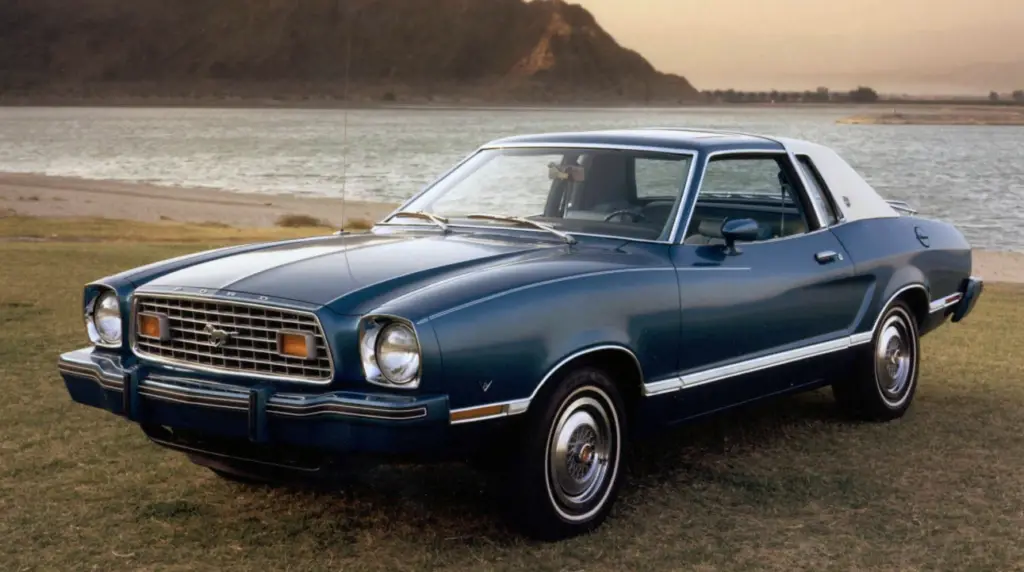
The Mustang II was Ford’s response to the 1970s fuel crisis—and it shows. Based on the Pinto platform, it sacrificed performance and style for fuel economy and practicality. Unfortunately, it ended up with none of the charm of earlier Mustangs. Underpowered engines, bland design, and reliability issues make this one a definite pass unless you’re collecting for irony.
2. 1980–1982 Chevrolet Corvette (C3)
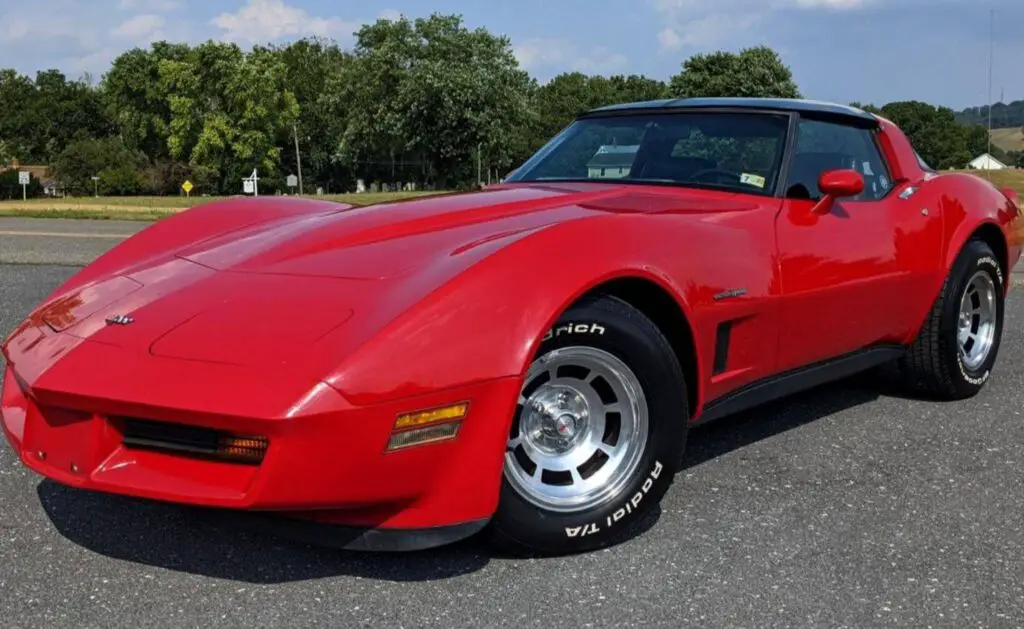
By the early ’80s, the once-glorious Corvette had lost its edge. Strangled by emissions regulations and hampered by outdated tech, the 1980–1982 models are among the least desirable in the Corvette family. While they still have that iconic shape, their sluggish performance and aging fiberglass bodies mean more time in the shop than on the road.
3. 1976 Cadillac Eldorado Convertible

On paper, this car is a stunner: a massive, luxurious convertible with a 500-cubic-inch V8. But in reality, it’s a gas-guzzling beast that’s expensive to maintain and hard to park. It handles more like a cruise ship than a cruiser, and despite its size, it’s surprisingly cramped inside. Add in low resale value, and it’s more burden than beauty.
4. 1982 DeLorean DMC-12
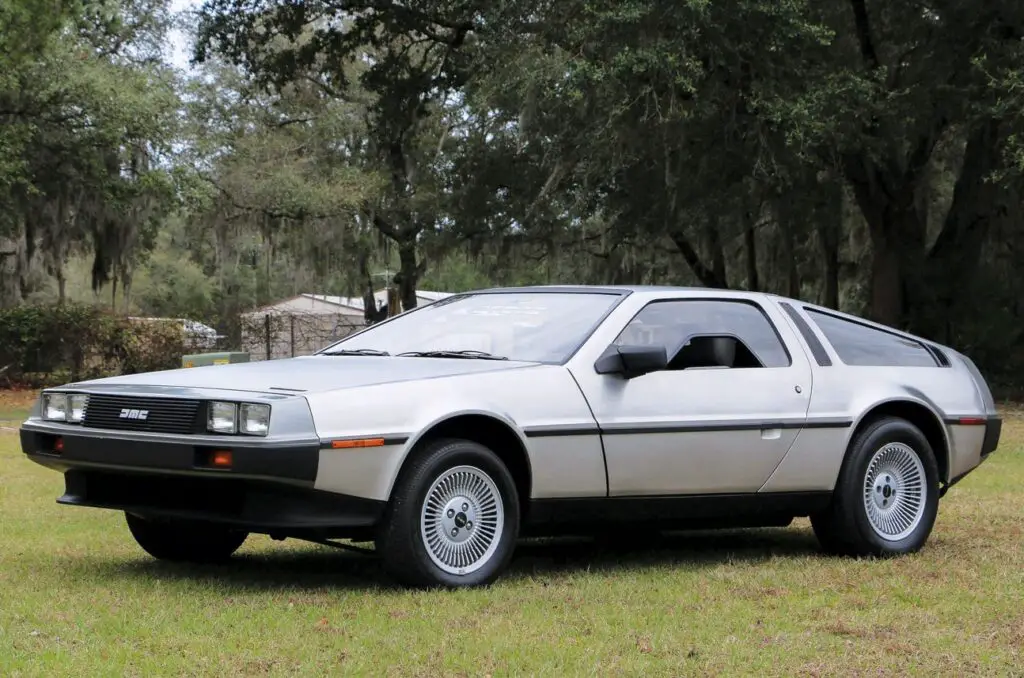
Thanks to Back to the Future, the DeLorean is iconic. But owning one in real life? That’s a different story. The gull-wing doors are cool, but the underpowered engine, unreliable electronics, and difficult parts sourcing make it a frustrating experience. Unless you’re a serious collector or a movie buff with deep pockets, it’s best left in 1985.
5. 1978 AMC Pacer
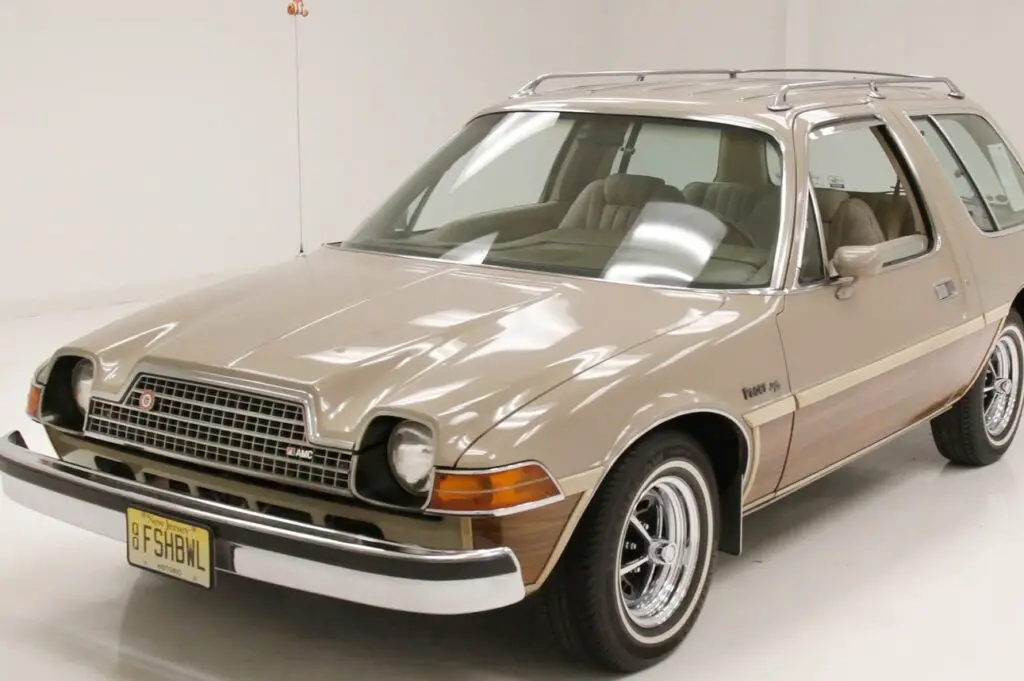
Known affectionately (or not) as the “fishbowl on wheels,” the AMC Pacer is more of a curiosity than a classic. Its oddball styling turns heads, but usually not for the right reasons. It’s heavy, sluggish, and parts are scarce. Quirky is fun—until you need to drive it more than a mile or two.
6. 1981 Fiat Spider 2000
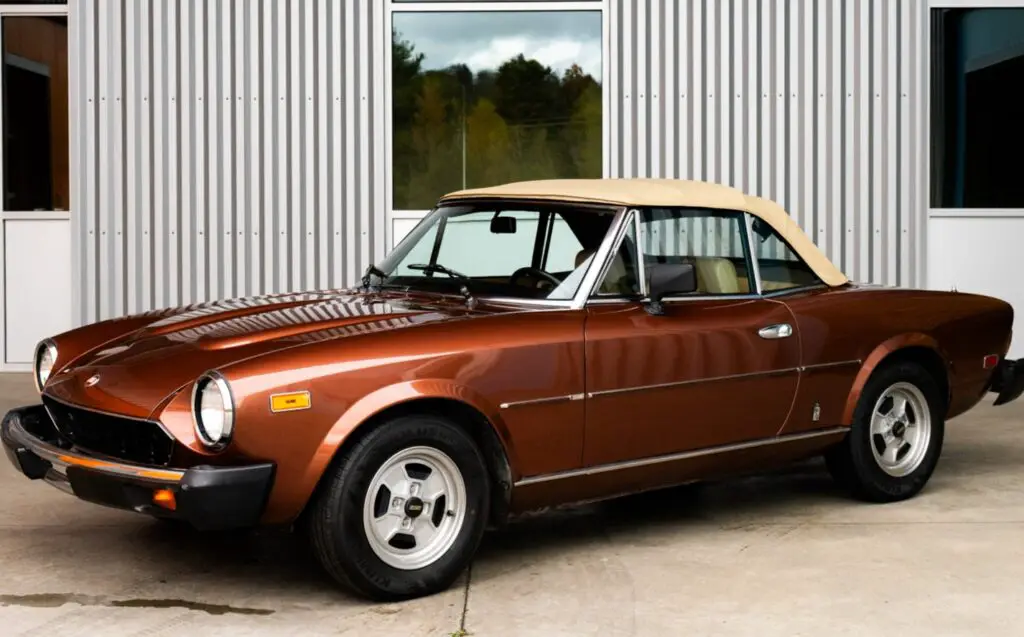
This Italian roadster looks like a dream and handles well—for the first few months. After that, you’re likely to experience what many owners have: constant electrical issues, hard-to-find parts, and rust. Unless you enjoy spending weekends under the hood or live near a vintage Fiat specialist, this car may break your heart (and your bank account).
7. 1971 Jaguar E-Type V12
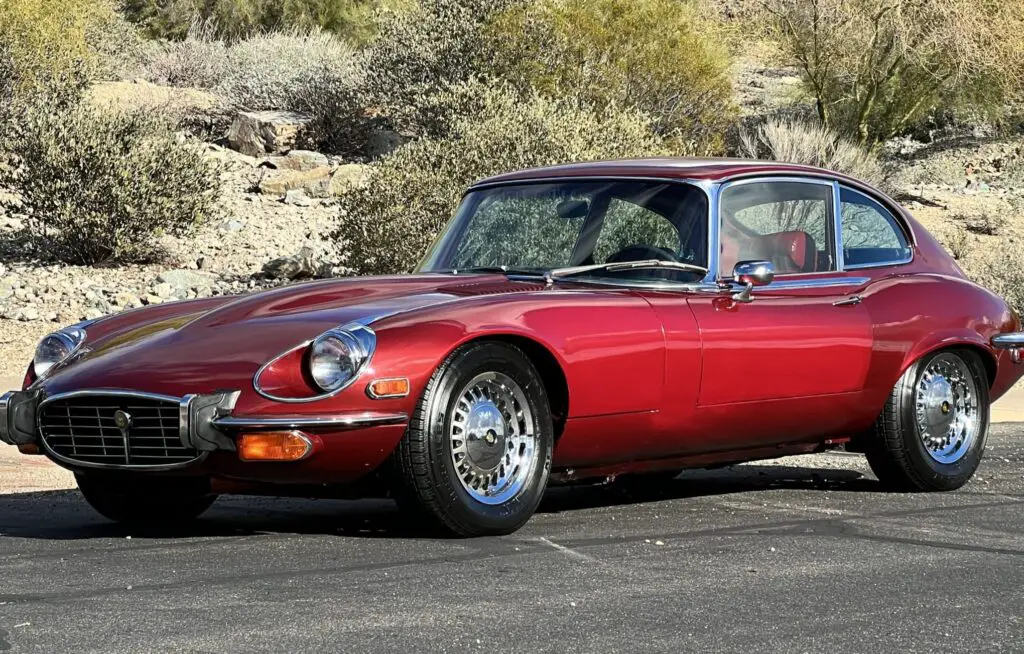
The Jaguar E-Type is often hailed as one of the most beautiful cars ever built—and visually, it deserves the praise. But the V12 models are notoriously unreliable. Overheating problems, complex engines, and expensive repair costs make this British beauty a high-maintenance partner. If you must have an E-Type, stick to the earlier inline-six models.
8. 1975 Triumph TR7
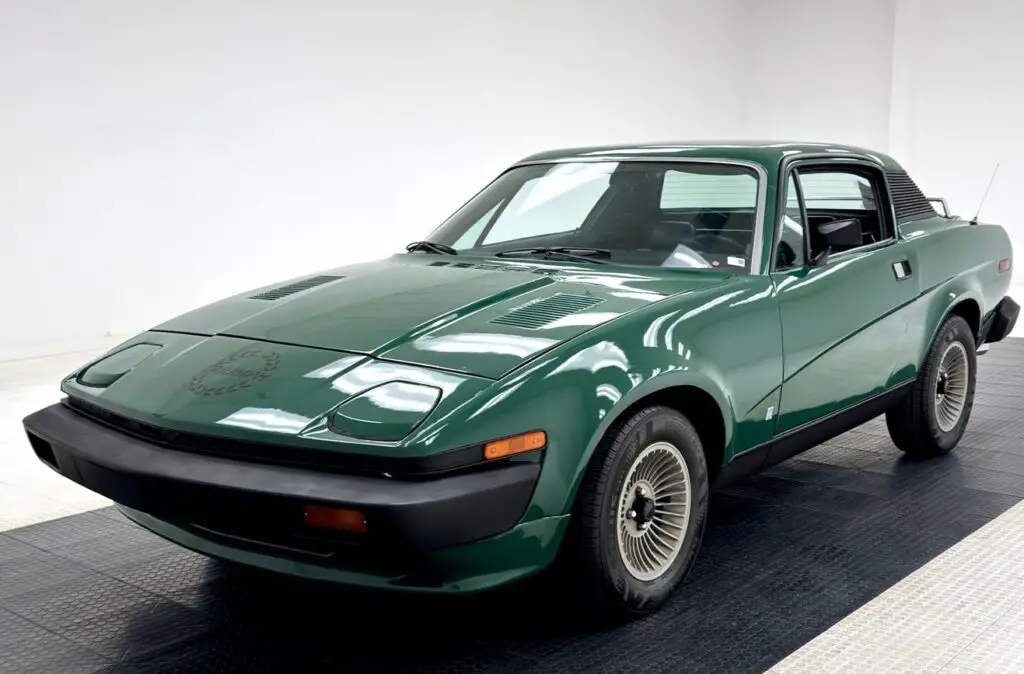
Nicknamed “the shape of things to come,” the TR7 ended up being the shape of disappointment. Early production models were plagued by poor build quality, electrical gremlins, and mechanical unreliability. Add in a gutless engine and awkward styling, and you’ve got a car that’s more frustrating than fun.
9. 1980 Chevrolet Citation
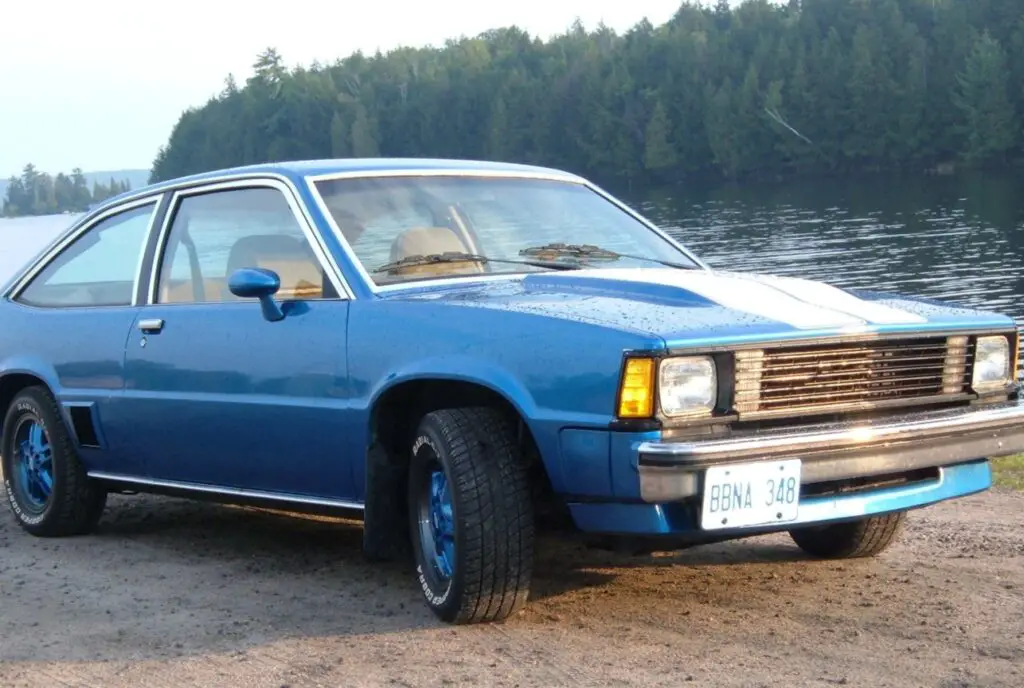
The Citation was GM’s first attempt at a front-wheel-drive compact—and it was a mess. Initially a sales hit, it quickly gained a reputation for shoddy build quality, suspension issues, and poor reliability. It’s the kind of car that’s better left in the past, unless you enjoy collecting automotive flops.
10. 1979 Lincoln Versailles
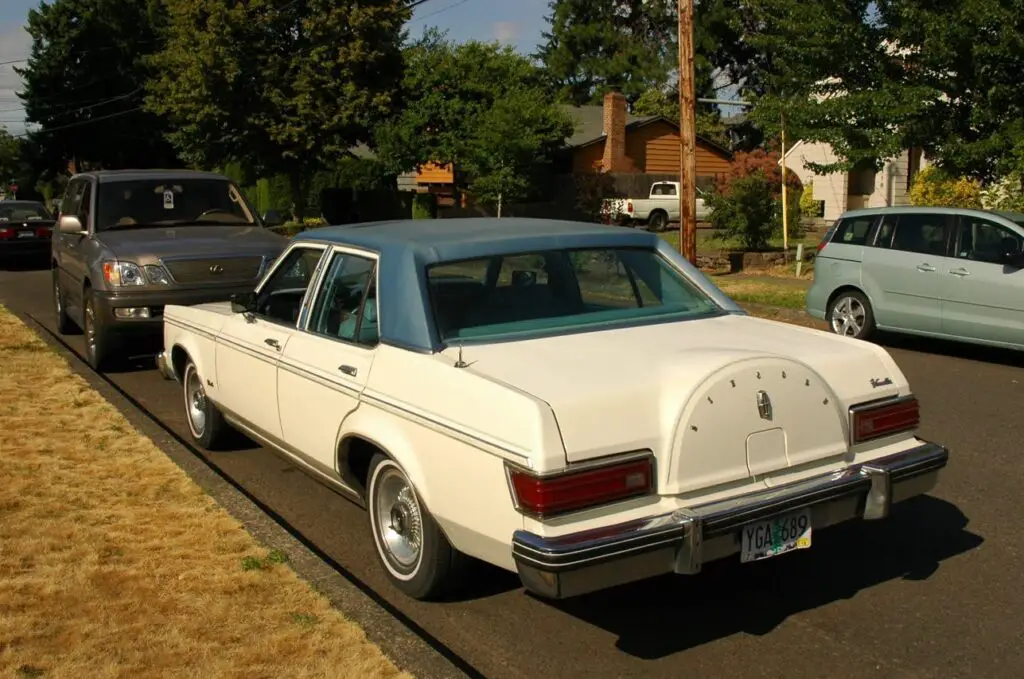
Luxury badge, economy car roots. The Versailles was Lincoln’s attempt to compete with the Cadillac Seville, but underneath it was little more than a Ford Granada. With minimal styling changes and no real performance edge, it felt like a cash grab—and buyers knew it. It’s rarely considered collectible and doesn’t hold its value well.
11. 1984 Maserati Biturbo

The Biturbo promised Italian style and performance at an affordable price. Instead, it delivered unreliable turbos, electrical failures, and nightmare repair bills. Finding a mechanic who understands these cars today is nearly impossible, and parts can be shockingly expensive. It’s one of those cars that’s fun to talk about—just not to own.
12. 1970s Lotus Europa

The Lotus Europa was light, agile, and ahead of its time in terms of design. But reliability? Not so much. The car sits incredibly low to the ground, making it hard to enter and exit (especially for aging knees), and the cramped cockpit isn’t built for comfort. Add in spotty electrical systems and limited parts availability, and it’s more stress than success.
Final Thoughts
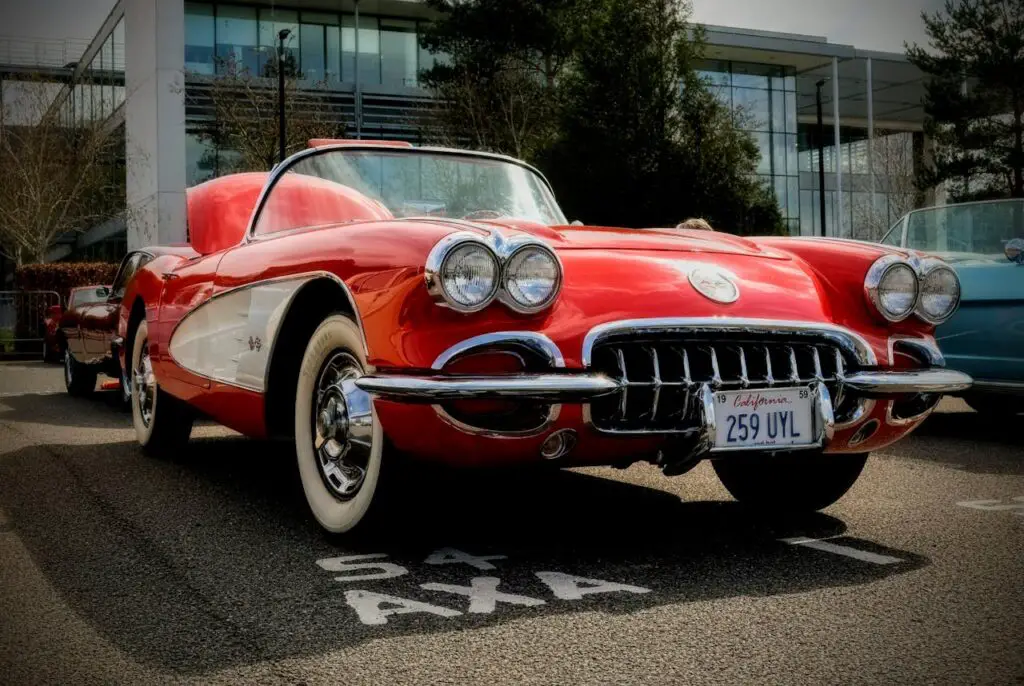
Classic cars are more than just machines—they’re time capsules that take us back to our youth. But let’s be honest: the older we get, the less time (and patience) we have for cars that are constantly in the shop or need parts shipped from halfway around the globe.
Before investing in a vintage vehicle, ask yourself: Do I want to drive it, or just look at it? Is it easy to find parts and mechanics for this model? Is this car known for reliability or regret?
For baby boomers, owning a classic car can be a dream come true—but only if you choose wisely. The 12 cars listed here are perfect examples of how a gorgeous exterior doesn’t always equal a good investment. If you want the joy of classic motoring without the heartache, do your homework and look for models with a strong reputation for reliability, ease of maintenance, and parts availability.
Because in the end, the best kind of classic car is the one that actually runs—and puts a smile on your face every time you start it.
Leave a Reply